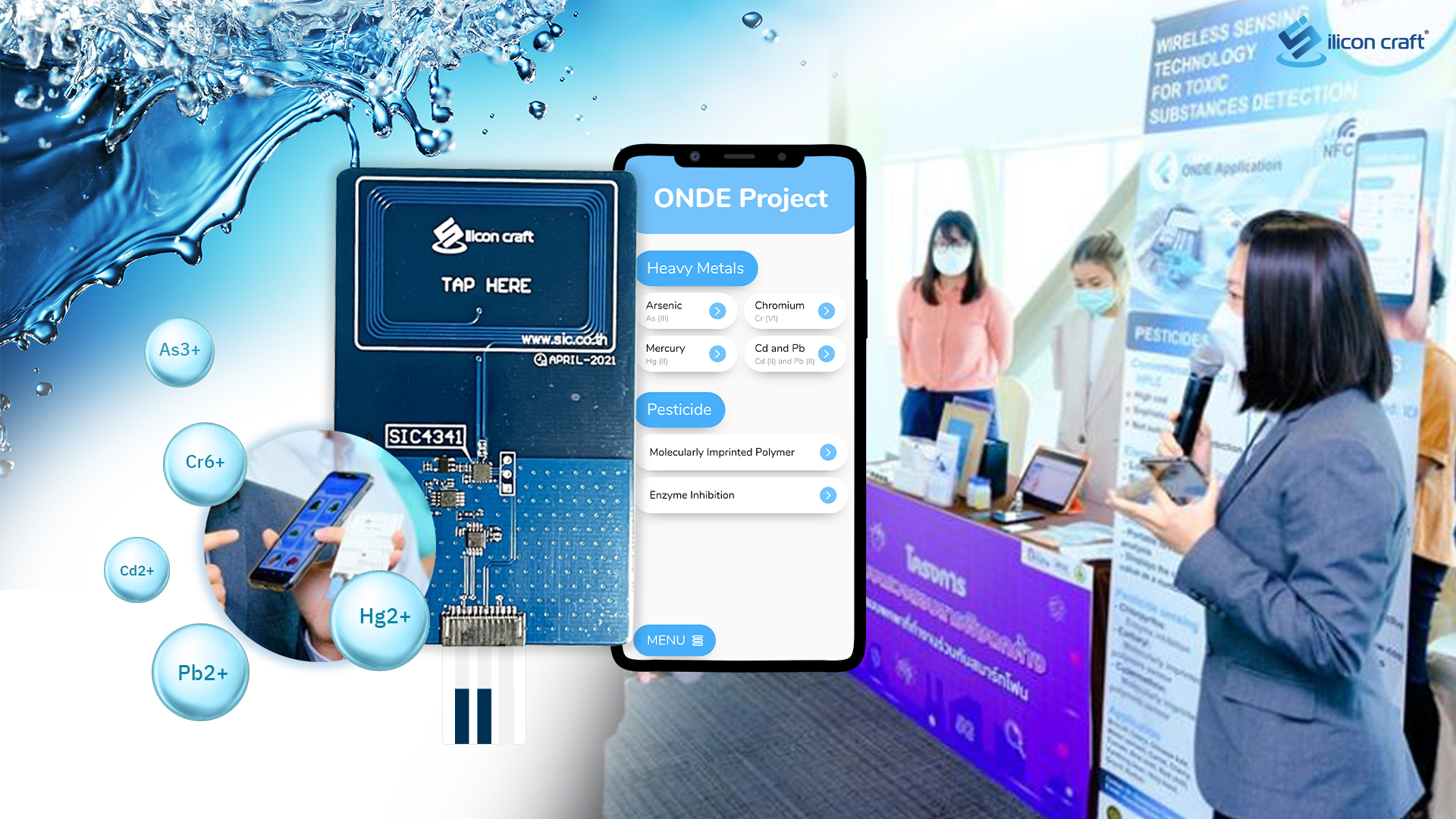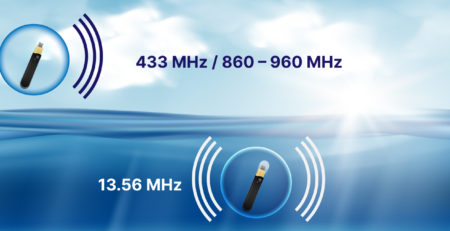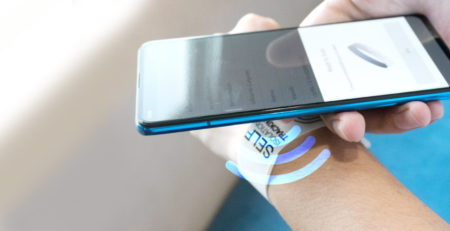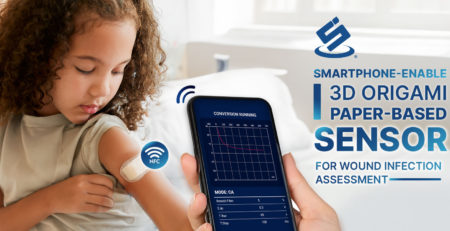Can we measure heavy metals in water with smartphone?
In the past, heavy metals measurement is performed in the laboratory using bulk machine, for example, inductively-coupled plasma – optical emission spectrometry (ICP-OES). Nowadays, a more user-friendly method is available for home test mostly dipstick. However, dipstick is a qualitative method, then we ask ourselves how we can measure heavy metals quantitatively.
Electrochemical technique plays an important role in blood-glucose measurement for decades. Thus, we got an answer that we can apply this technique also to heavy metals. This is where the project begins, the sensors were developed and tested in collaboration with Chulalongkorn University and Srinakharinwirot University. Project is sponsored by Thailand Ministry of Digital Economy and Society.
Application test of SIC4341 Potentiostat sensor interface chip on heavy metals – As(III), Cr(VI), Hg(II), Cd(II), Pb(II) – showed promising result which implies that it is compatible and practical for onsite analysis of heavy metals.
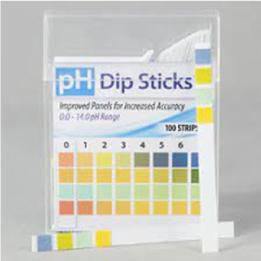
NFC Potentiostat Sensor Interface Chip Offering Concepts
Potentiostat is electronics hardware designed to control the potential of electrodes in electrochemical measurement. More than decades, electrochemical measurement technique has been used for blood glucose monitoring at home for diabetes patients due to its rapid response time, ease of use, sensitivity, selectivity, quantitative result, portability.
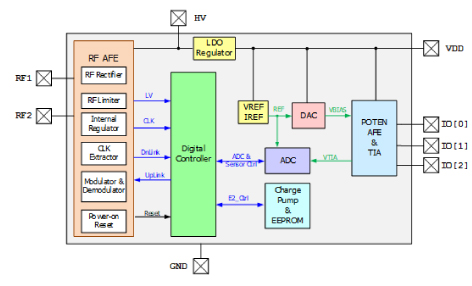
SIC4341 Potentiostat sensor interface with NFC type 2 chip consists of DACs, ADC, and RF AFE. Chip can be operated using energy harvested from mobile phone or NFC reader without the need of MCU.
Only 4 components required for the measurement – SIC4341 chip, smart phone with NFC, RF antenna, and electrodes for detecting target molecule. SIC4341 offers a single chip solution for miniaturized & portable electrochemical measurement which can be applied to many other chemicals or biomolecules. This NFC potentiostat sensor interface chip enables the digital transformation of chemical sensors and biosensors.
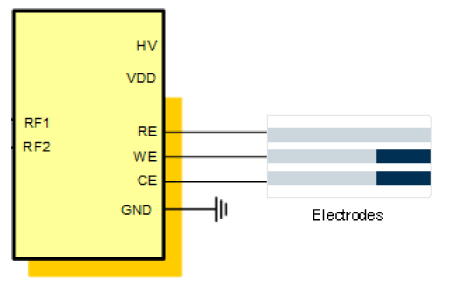
Applying SIC4341 NFC Potentiostat Sensor Interface Chip for Heavy Metals Measurement
Electroanalytical Modes
Depending on the mode of operation, electroanalytical sensors are divided into potentiometric, amperometric, Voltametric and electrocatalytic sensors. Differential Pulse Voltammetry (DPV) is voltametric technique, which widely used for developing electroanalytical sensor. DPV is one in the pulse technique where the potential perturbation, which consists of small pulses, is superimposed upon a staircase waveform. The main advantage exhibited by these techniques is the low capacitive current, which can improve the sensitivity of the voltammetric procedures. Consisting of a three-electrode system – the working, the counter, and the reference electrodes – DPV sensor operates at a range of potential in which oxidation/reduction current is related to the concentration of interesting analyte.
Heavy Metals Measurement using SIC4341
Due to signal peak of Cd(II) occur at – 900 mV which is beyond SIC4341 single chip capability. Therefore, external components are required to extend bias potential capability of the chip.
The credit-card-sized NFC potentiostat with extended circuit controlled by a smartphone were used for the detection of heavy metal in water – As(III), Cr(VI), Hg(II), Cd(II), and Pb(II). DPV was employed for quantitative analysis in this detection. The result showed a linear relation of concentration and peak current which can be used to determine the presence of heavy metals in water. Result from NFC potentiostat is showed in below table.

The results from this sensor are in good agreement with the reference instrument (ICP–OES)(1). Indicating that developed sensor and NFC potentiostat chip is applicable for on-site heavy metal analysis.
Reference
(1) https://doi.org/10.1007/s00604-022-05281-x

